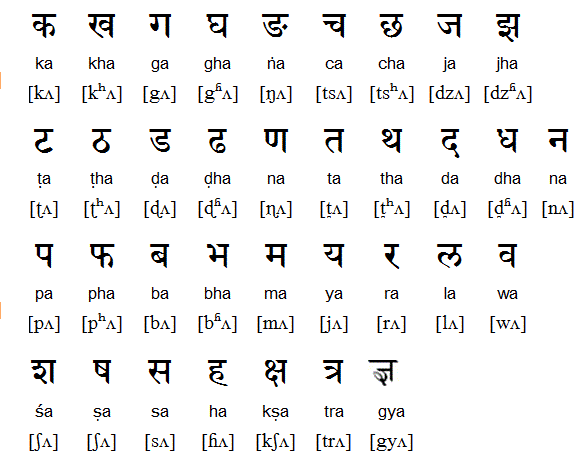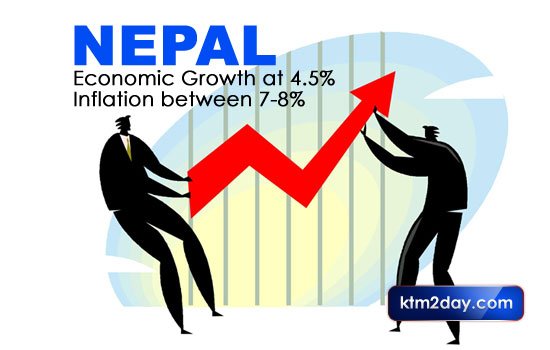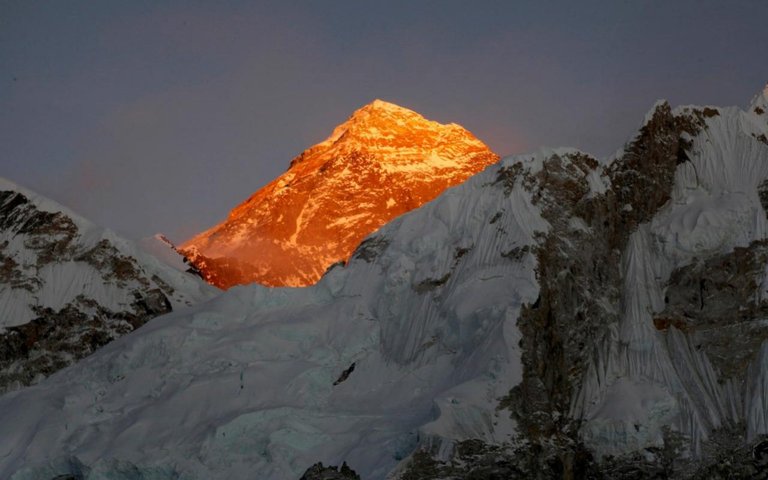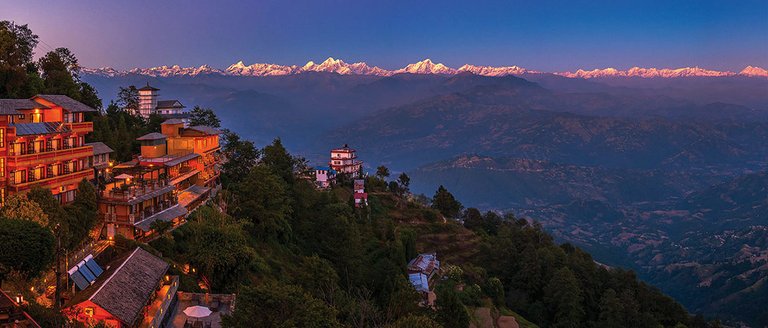The Kingdom of Nepal is the only country that officially defines itself as Hindu. Nepal is in a period of political instability. Within five years five governments have been formed. There are also seven camps for the estimated 96,500 Bahoutians. In 1951, Nepal abolished the system of the genetic ministry after a century of operation into a government system that evolved after the 1990 reforms into a multi-party parliamentary system under constitutional monarchy.
Country
Full Name: Kingdom of Nepal
Short name: Nepal
Capital: Kathmandu
Date of the establishment of the state: Unified by King Barthoy Narayan Shah in 1768.
National Day: The birthday of King Berndra Bir Bikram on December 28, 1945 (changes according to the birthday of the new king).
Constitution: Approved on 9 November 1990.
Geography
Location: South Asia, bordered by China and India, Nepal is an inland country that does not overlook the sea.
Total area: 140800 km 2
Land area: 136800 km 2
Water area: 4000 km 2
Land borders:

- Total: 2926 km
- Border States: China 1236 km, India 1690 km.
Land distribution
Land suitable for agriculture: 17%
Permanent crops: 0%
Permanent pasture: 15%
Forests and bushlands: 42%
Other: 26%
Area of irrigated land: 8500 km 2 (1993 est.)
Climate: The north is cold in summer and very cold in winter, and in the south is subtropical in summer and mild in winter.
Terrain: It has plains where rivers and high mountains are always snow. The highest peak is Everest (8850 meters above sea level) in the Himalayas, with the lowest point being Kanchan Kalan (70 meters above sea level).
The most important natural resources: quartz (crystal), water, iron ore, copper, cobalt.
Population
Census: 24.702.119 million (July 2000 estimates).
Age distribution:
From 0 - 14 years: 41% (July 2000 estimates)
15 - 64 years: 56% (2000 estimates)
Of 65 and above: 3% (2000 estimates)
Population growth rate: 0.83% (2000 est.)
Ethnic groups: Taurus, Indians, Tibetans, Gorong, Magerer, Tamning, Bhutis, Reims, Limbus, Sherpas.
bordered
Languages
Balinese (official) in addition to twenty other languages of each branch of a group of dialects.

Religion
Hinduism: 90%
Buddhism: 5%
Islam: 3%
Other religions: 2%

Development
Proportion of births per thousand: 33.83%
Mortality rate per 1,000: 10.41%
Net migration rate per 1,000 (2000 est.)
Education rate: 27.5%

- Male: 40.9%
- Female: 14% (1995 estimate)
Level of development: low
Governance and Administration
Political system: Constitutional monarchy (since 1990)
The power mechanism: There is no election in Nepal for the post of prime minister, but there are legislative elections and the head of the majority or majority coalition appointed by the king as prime minister, and on the recommendation of the prime minister appoints the king.
King: Berndra Bir Bikram (1975 - 2001)
Executive Body:
Head of Government (Prime Minister): Krishna Persad (since May 1999).

Legislature:
It consists of two chambers:
1- The National Council shall serve for six years and the number of its seats shall be 60 seats and shall be as follows:
- 35 seats appointed by the House of Representatives.
- 10 seats appointed by the King.
- 15 seats elected by the Electoral College, and the renewal of one-third of the members every two years.
2 - The House of Representatives and serve for five years, the number of its members 205 all elected by the people.
de-_colored.svg
Number of districts: 14 Area. https://upload.wikimedia.org/wikipedia/commons/b/b2/Nepal%2C_administrative_divisions_-
Economy
Nepal is one of the world's poorest and most backward countries in development, and nearly half of the population lives below the poverty line. Agricultural activity is the most important pillar of the economy, with 80% of the population living in it and 41% of the total national income. The agricultural growth rate was 5%, compared with 2.3% for the population growth rate. Most Nepalese industries rely on agricultural products such as conservation. Food industries are followed by textiles and carpets, accounting for 80% of exports.

Gross national product: $ 27.40 billion.
Per capita GDP: $ 1,100.
Share of agriculture sector of GDP: 41%.
Industry share of GDP: 22% (dependent on agricultural products).
Share of services sector of GDP: 37%.
Proportion of population below the poverty line: 42% (1996 estimate).
Inflation: 11.8% (1999 estimate).
Manpower: 10 million (1999 estimate).
Manpower by Profession:
- Agriculture: 41%
Industry: 22% - Services: 37% (1998 estimate)
Military force
The Nepali divisions are Nepalese Royal Land Forces and Nepalese Royal Air Force.
Age of service: 17 years.
Number of people of service age: 6.108.424 million.
Military expenditure: $ 44 million (fiscal year 98/99).
Military expenditure of gross national product: 0.9% (fiscal year 98/99).

nepal nature





super post
thank you
sorry you are giving wrong and outdated information about my country i am angry with you
funds growth projects for Steem like our top 25 posts on Steem! The other half helps holders of Steem power earn about 60% APR on a delegation to me! For help, will you please visit https://jerrybanfield.com/contact/ because I check my discord server daily? To learn more about Steem, will you please use http://steem.guide/ because this URL forwards to my most recently updated complete Steem tutorial?Thank you @hassanbenali for making a transfer to me for an upvote of 0.96% on this post! Half of your bid goes to @budgets which